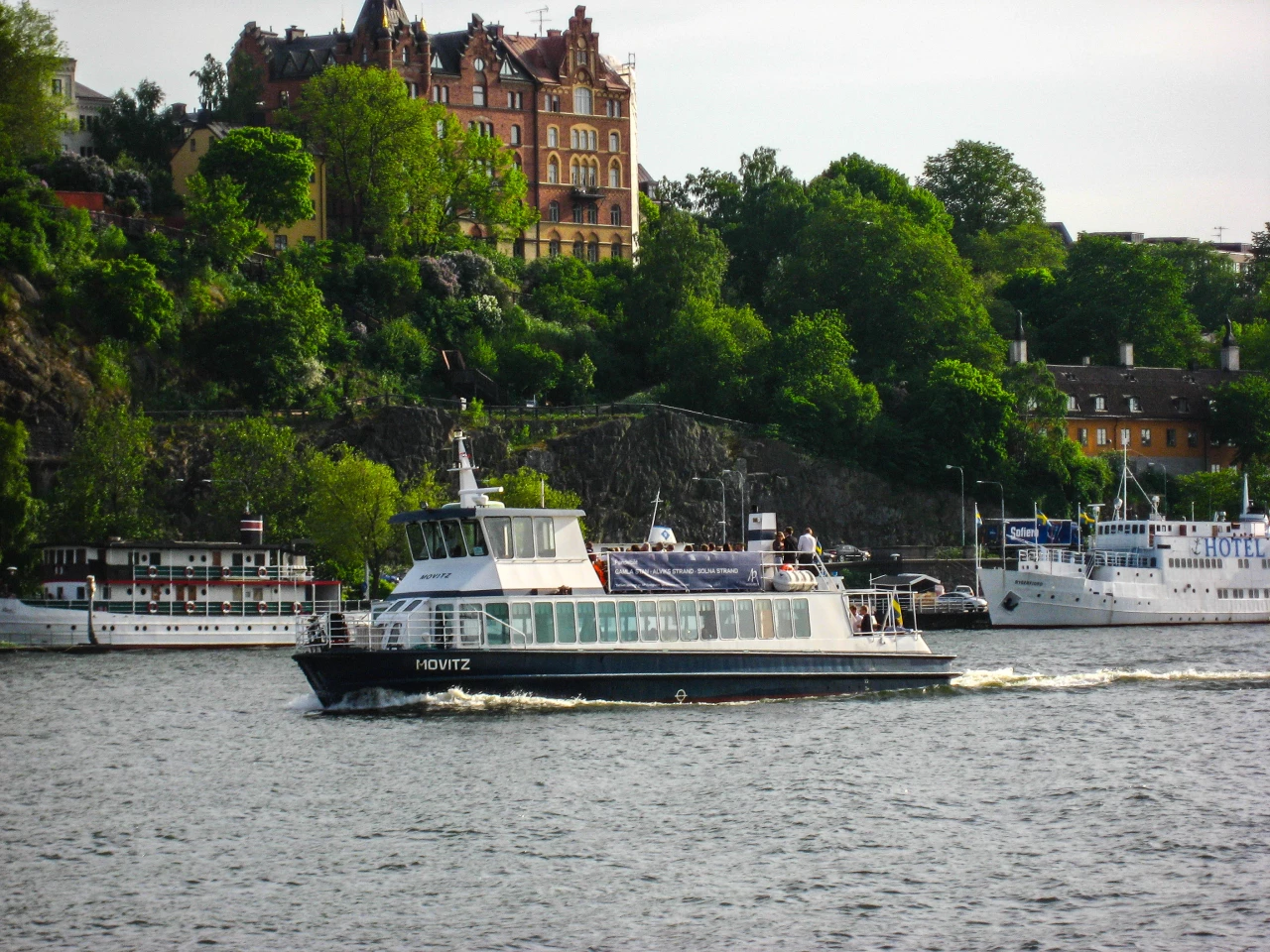Sweden’s Green City Ferries is preparing to launch what it claims is the world’s first “supercharged” electric passenger ferry. Carrying 100 passengers between Solna Strand and Gamla Stan, the Movitz will need just 10 minutes to charge its batteries between 1-hour long service runs. That’s perfect for a ferry operation, because it means it’ll be charged by the time passengers have embarked and disembarked. With extremely low maintenance requirements and reduced running costs, the ferry will reportedly save some 50,000 liters of diesel and 130 tons of carbon emissions into the bargain.
Swedish company Echandia Marine’s announcement today is part of a larger push to set up more battery-electric ferry services throughout Europe as a means of reducing operating costs and environmental impact.
Quick-charging electrics make excellent sense in a short-distance ferry application like the 7.5-km run the Movitz will be taking on. With two 125 kW POD motors on board driven by some 180 kWh worth of high-tech Nilar Nickel-Metal-Hydride batteries, the Movitz will operate for up to an hour between recharges, and will quick charge in just ten minutes as passengers get on and off. This kind of usage cycle negates the need for huge, expensive and heavy battery packs.

Claimed to be the first "supercharged" electric passenger ferry in the world, the Movitz will launch in August this year, while Norway is expecting the launch of a similarly "supercharged" but much larger car-carrying electric ferry in 2015.
The simplicity of the electric drive system is expected to lower running costs by as much as 30 percent when compared with a typical marine diesel ferry. They will be quieter and cleaner, and vastly more energy efficient than the diesels, which put out some 130 tons of carbon dioxide, 1.5 tons of nitrous oxide and burn around 50,000 liters of diesel per year.
Source: Echandia Marine






